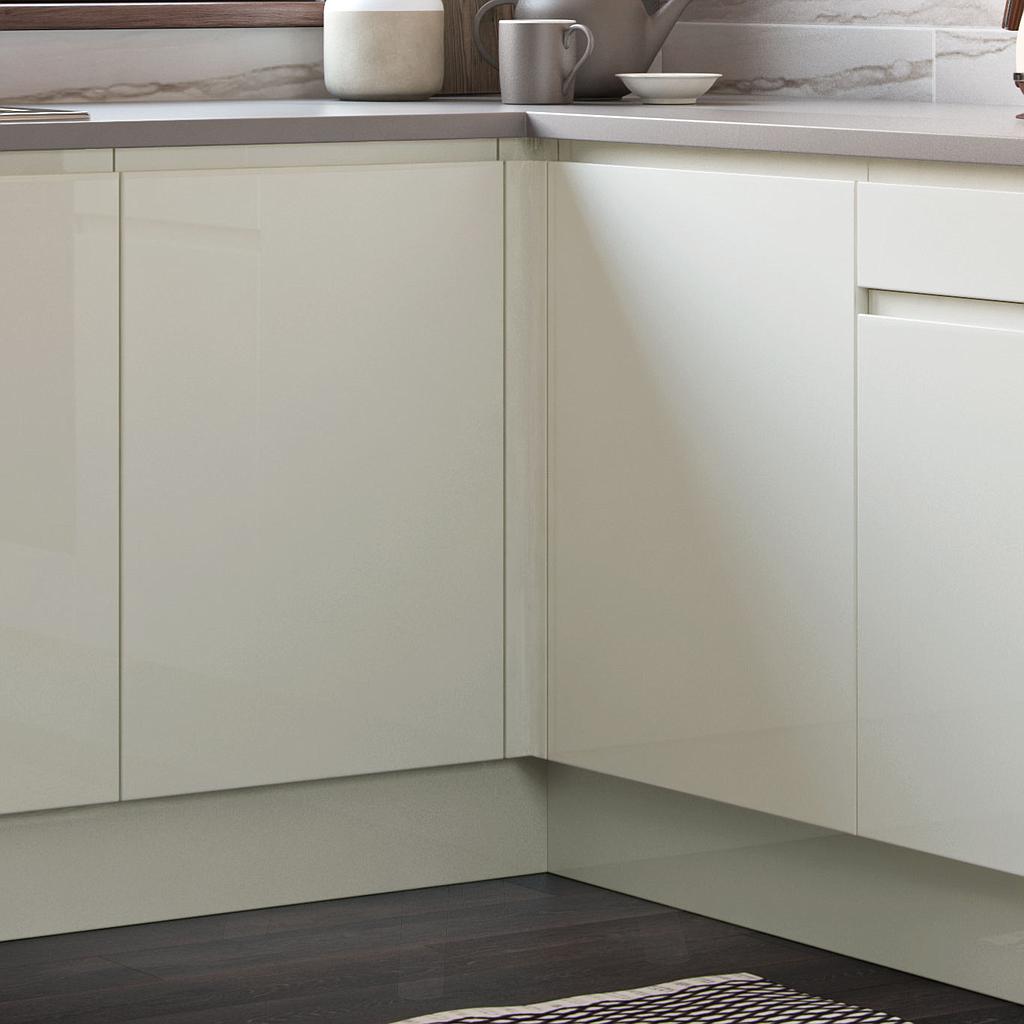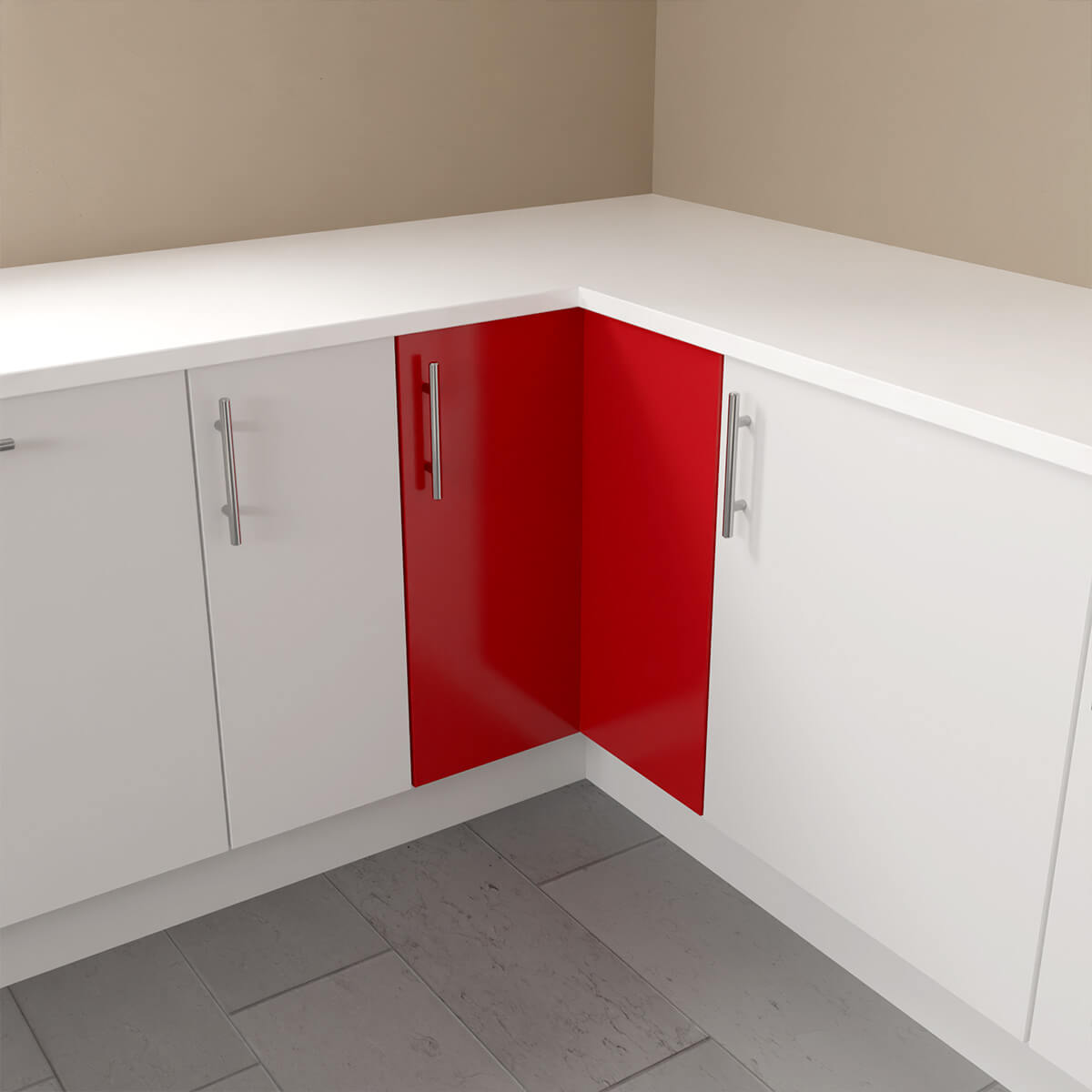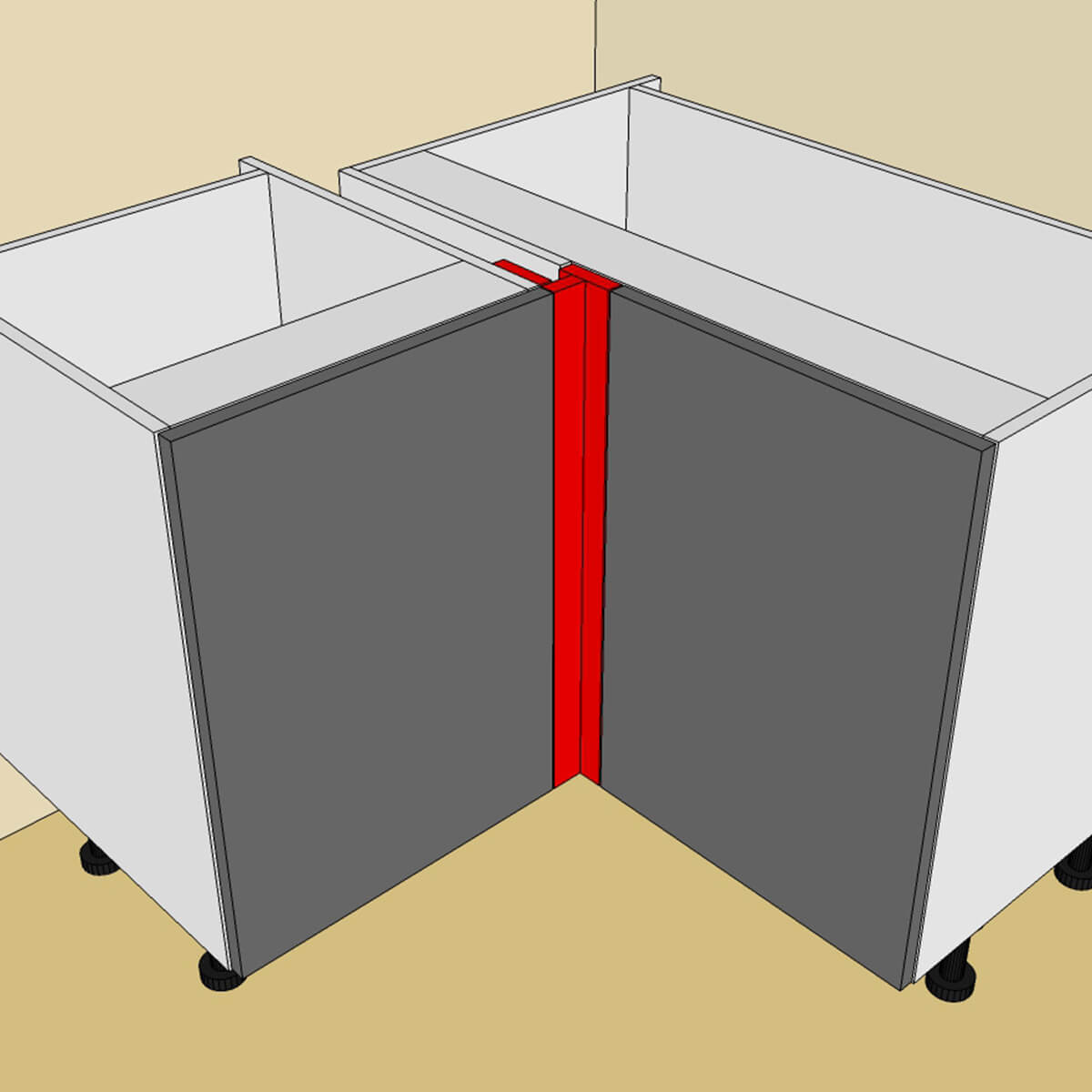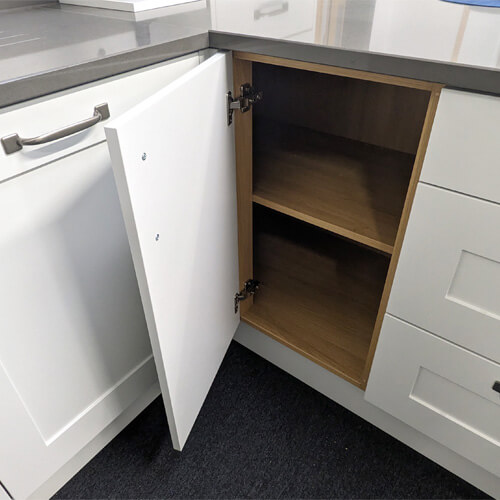The Complete Guide to Planning a Kitchen Corner Post
Uncover the secrets of a well-designed kitchen by understanding the critical role of a corner post. Learn how to choose, plan, and install the perfect corner post for a seamless kitchen look.
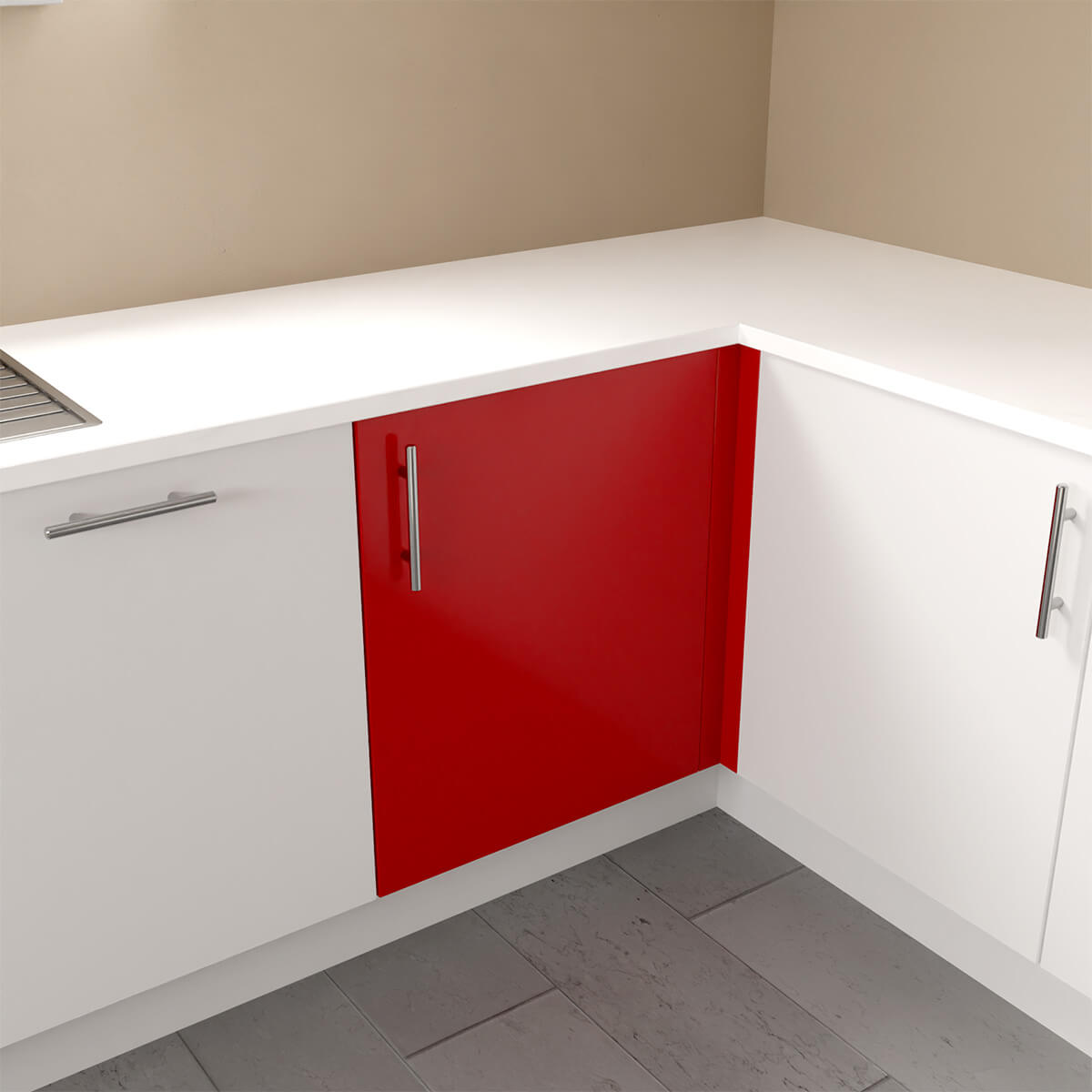
The Importance of the Kitchen Corner Post
A kitchen is more than just a room for cooking; it's a haven of inspiration, creativity, and memories. When you're planning your kitchen, every element counts—none more so than the often-overlooked kitchen corner post.
Situated where two wall units meet at a corner, the corner post serves as the lynchpin that guarantees uniformity and aesthetic consistency. It's not merely a structural requirement but also a design element that can make or break the visual flow of your kitchen.
The corner post helps maintain the architectural integrity while providing an aesthetically pleasing transition between different units.
Types of Corner Units and Their Relationship with Corner Posts
Your choice of corner units, such as blank panel base corner units or L-shape corner units, significantly affects the type of corner post you'll need. Let's delve into the specifics:
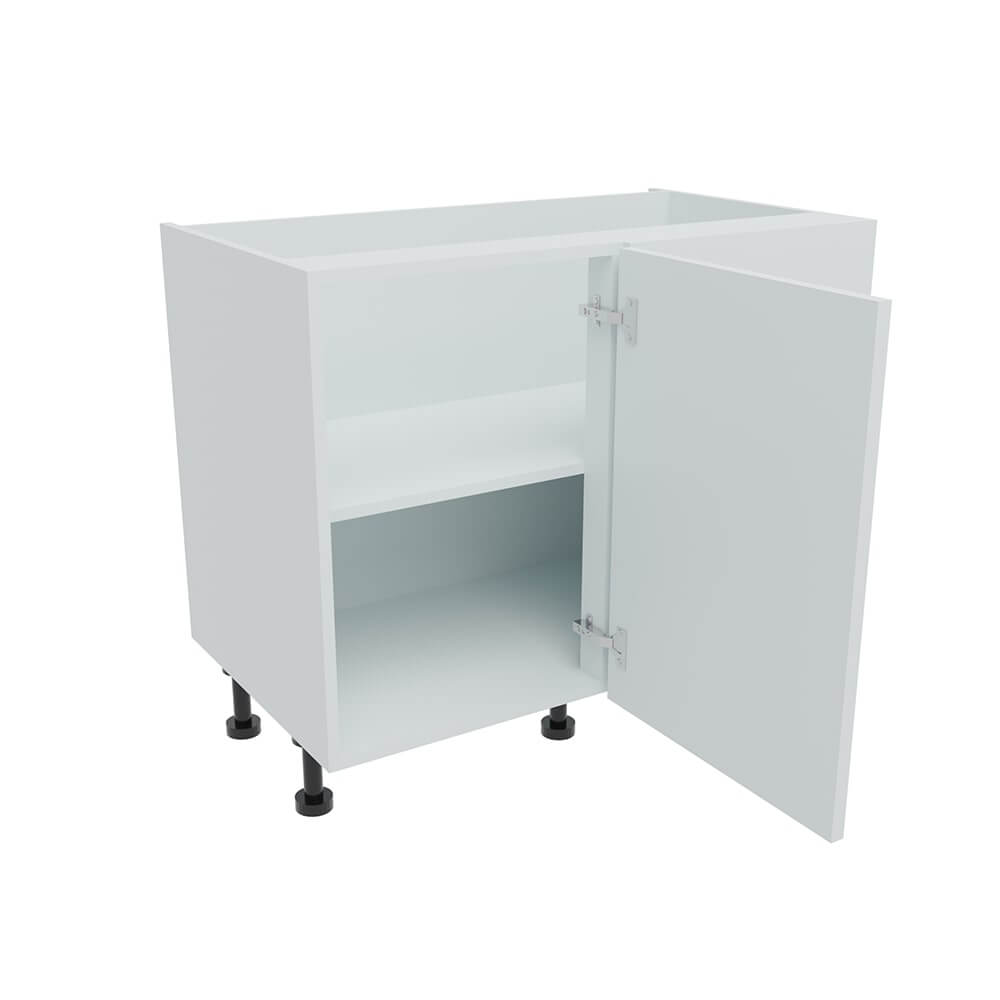
Blank Panel Base Corner Unit
These require a more traditional, sturdy corner post, ensuring that the transition between units is seamless. This type of corner unit is straightforward and offers a blank canvas to which the corner post adds structural and visual depth.

L-Shape Corner Unit
A more modern take allows for innovative corner post designs, enhancing the aesthetic appeal of your kitchen. The L-shape corner unit often includes more intricate features like pull-out mechanisms or lazy Susans, necessitating a corner post design that accommodates these functionalities.
Types of Corner Units and Their Relationship with Corner Posts
Your choice of corner units, such as blank panel base corner units or L-shape corner units, significantly affects the type of corner post you'll need. Let's delve into the specifics:
- Blank Panel Base Corner Unit: These require a more traditional, sturdy corner post, ensuring that the transition between units is seamless. This type of corner unit is straightforward and offers a blank canvas to which the corner post adds structural and visual depth.
- L-Shape Corner Unit: A more modern take allows for innovative corner post designs, enhancing the aesthetic appeal of your kitchen. The L-shape corner unit often includes more intricate features like pull-out mechanisms or lazy Susans, necessitating a corner post design that accommodates these functionalities.
Material and Size Considerations
Corner posts are usually crafted from the same material as the rest of your cabinetry, aiding in the visual flow of your kitchen design. The size can vary, typically ranging from 30mm to 70mm
Special circumstances may necessitate larger dimensions, especially when a unique, larger panel is employed to create a standout corner fillet. The material and finish should be consistent with the rest of your kitchen cabinetry.
Choices range from various wood finishes to high-gloss laminates or even metal, depending on your kitchen's aesthetic theme.

Internal Fixed Size Corner Posts on Handleless Ultimo Gloss Kitchen
Adjustable vs Fixed Corner Posts
When it comes to flexibility and precision, corner posts can be either adjustable or fixed. Both come with their unique set of advantages and limitations:
- Adjustable Corner Posts: Universally compatible and can be cut to size on-site, ensuring all gaps are filled and lending a customised touch to your kitchen. Being adjustable allows for future modifications without necessarily replacing the entire post, making it a cost-effective and versatile choice.
- Fixed Corner Posts: Mostly used in true handleless kitchens, fixed corner posts allow for a continuous handle detail around the internal corner. They offer an unbroken, streamlined look, but changing them in the future could be more complicated and may require professional assistance.
Top Tips for Planning Your Corner Post
- Assess the corner unit type you'll be using, as it dictates the style of corner post needed. Matching the corner post style with the unit ensures a seamless design flow.
- Measure twice, cut once—always double-check your measurements for precision. A single measurement error can throw off the alignment of the entire corner unit.
- Consult professionals if you're unsure about the types or sizes suitable for your kitchen design. The expertise offered by seasoned kitchen planners can save you time, money, and potential errors.
- Consider future modifications: If you plan to remodel or change your kitchen layout in the future, opting for an adjustable corner post might be a smarter choice.
- Visual Continuity: Make sure the corner post material and finish match the rest of your kitchen to achieve a continuous, harmonious look.
- Plan for Utilities: Sometimes, utilities like electrical outlets or water lines might run close to the corner area. Plan your corner post accordingly to accommodate these.
FAQ: Common Questions About Kitchen Corner Posts
We know you have questions, and we're here to provide clear, concise answers. Find the solutions to your corner post queries below.
What is a corner post?
A corner post is an essential structural element located where two kitchen units meet at a corner.
Do I need a corner post?
Yes, corner posts are crucial for maintaining a uniform look and structural integrity in your kitchen.
How to plan a corner post?
Measure the area carefully, decide on the type of corner unit, and choose between adjustable and fixed corner posts.
What type of corner post should I choose?
Your choice will depend on the corner unit type and your kitchen's overall style.
What is a corner fillet?
A corner fillet is a smaller, supplementary piece often used alongside corner posts for additional support and aesthetics.
Are corner posts expensive?
The cost varies depending on material and size but generally, they are a budget-friendly addition.
Can I install a corner post myself?
Yes, with the right tools and guidelines, you can install a corner post, although professional assistance is recommended.
Are adjustable corner posts better?
Adjustable corner posts offer more flexibility, but fixed corner posts are essential for specific kitchen styles.
Can I customise the size of my corner post?
Absolutely, especially if you opt for an adjustable corner post.
What materials are commonly used for corner posts?
Corner posts are typically made from the same material as your kitchen cabinetry for a unified look.
Conclusion:
A kitchen isn't complete without attention to detail.
Understanding the vital role of corner posts and how to select the right type can make all the difference in your kitchen’s aesthetics and functionality. Ready to transform your kitchen into a masterpiece?
Visit our full kitchen showroom or explore our range of kitchens online today!

